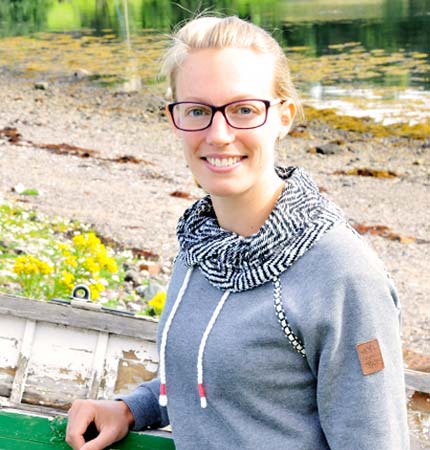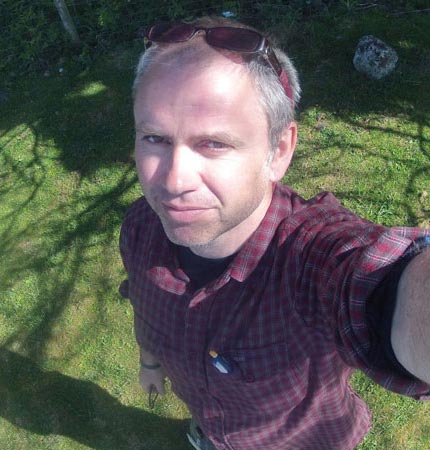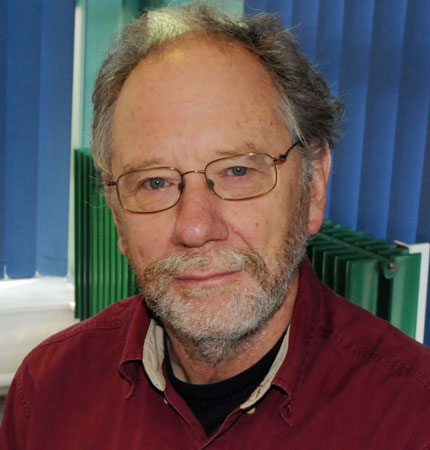Ecosystem approach to make space for sustainable aquaculture
Rationale
Within the EU citizens consume an increasing amount of seafood that is mostly imported, generating a trade deficity of €16.6 billion in 2014. Globally aquaculture is a rapidly growing industry but production in the EU has been stagnant, thus constantly increasing the trade deficit. AquaSpace explores the contraints to aquaculture growth in Europe to determine if it is based on environmental capacity, social capacity, or perhaps competition for space.
Project goal
The central goal of the AquaSpace project is to provide increased space of high water quality for aquaculture by adopting the Ecosystem Approach to Aquaculture (EAA) using Marine Spatial Planning (MSP) to deliver food security and increased employment opportunities through economic growth. MSP is strategic, forward-looking planning for regulating, managing and protecting the marine environment, including through allocation of space, that addresses the multiple, cumulative, and potentially conflicting uses of the sea.
AquaSpace approach
We are using 16 aquaculture sites around the world as case studies to identify space-related constraints to development in a range of contexts, scales and production types. We work in marine and freshwater environments from northern Europe to the Mediterranean, Portugal to Hungary, North America to China. Stakeholders are integral to identifying planning issues for development.
We are also evaluating a range of tools used to facilitate the aquaculture planning process to overcome existing contraints. We will deliver a practical toolbox with functioning tools that have been vigorously assessed and tested.



